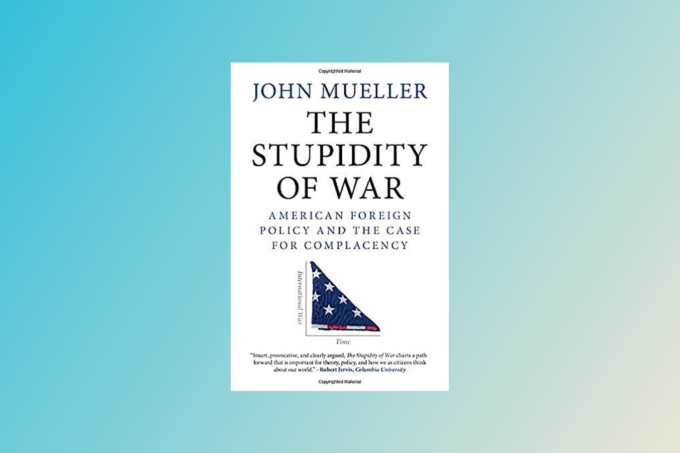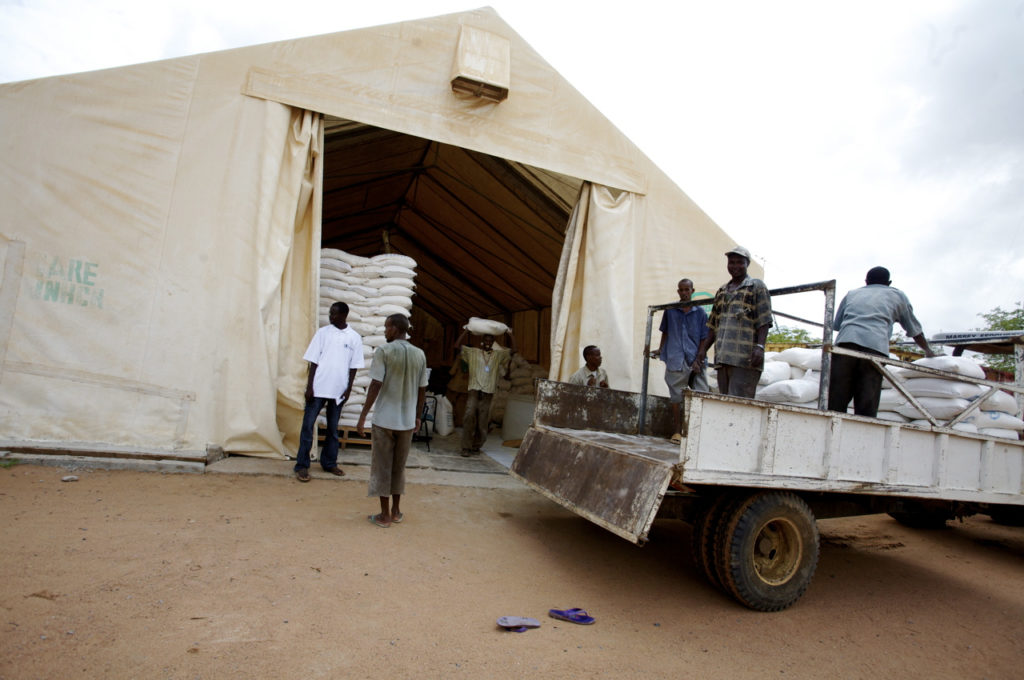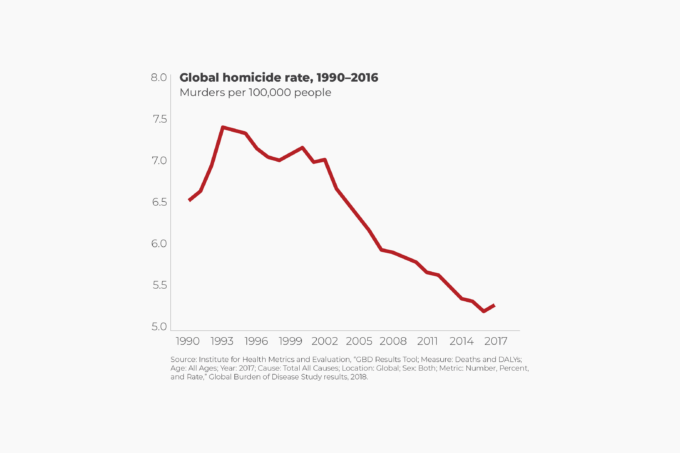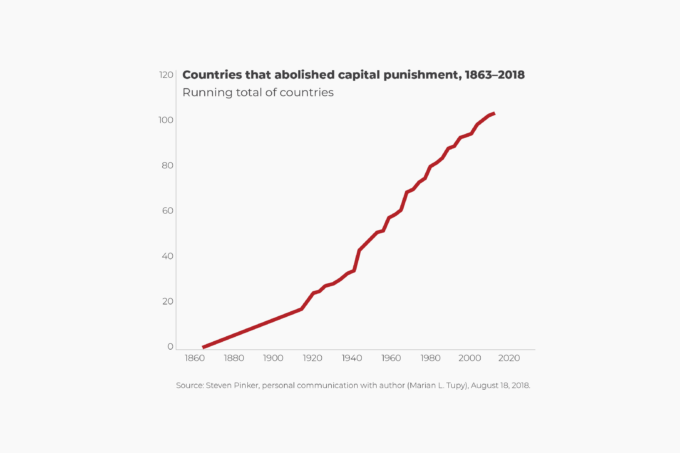In 1960, global spending on the military was 6 percent of world gross domestic product (GDP). By 2017, it had fallen to 2.2 percent. That’s a reduction of 63 percent. Traditionally, the Middle East and North Africa had the highest military spending as a share of GDP, which peaked at 12.3 percent in 1991. In 2017, it stood at 5.7 percent. That’s a 54 percent decline. Next came North America, which spent 8.4 percent of its GDP on the military in 1962. In 2017, it spent 3 percent—a decline of 64 percent. Military spending in Europe and Central Asia declined from 4.5 percent in 1960 to 1.7 percent in 2017—a reduction of 62 percent.
Military spending in South Asia peaked at 4 percent in 1987. Last year, it stood at 2.5 percent. Sub-Saharan Africa spent the most on the military in 1975 (4 percent). In 2017, that figure stood at a paltry 1.3 percent. Finally, military spending in East Asia and the Pacific peaked at 1.9 percent in 1982. Last year, it stood at 1.7 percent of GDP.
Note that in actual dollars, military spending continues to rise. The Stockholm International Peace Research Institute, for example, estimates that between 1988 and 2017, global military spending rose from $1.424 trillion to $1.686 trillion (figures are in 2016 U.S. dollars). That amounts to an appreciation of 18 percent. Over the same period, however, the world’s economy grew from $35.5 trillion to $80 trillion (figures are in 2010 U.S. dollars). That’s an increase of 125 percent. If military spending kept pace with economic growth, the world’s military expenditures in 2017 would amount to a staggering $3.2 trillion.







